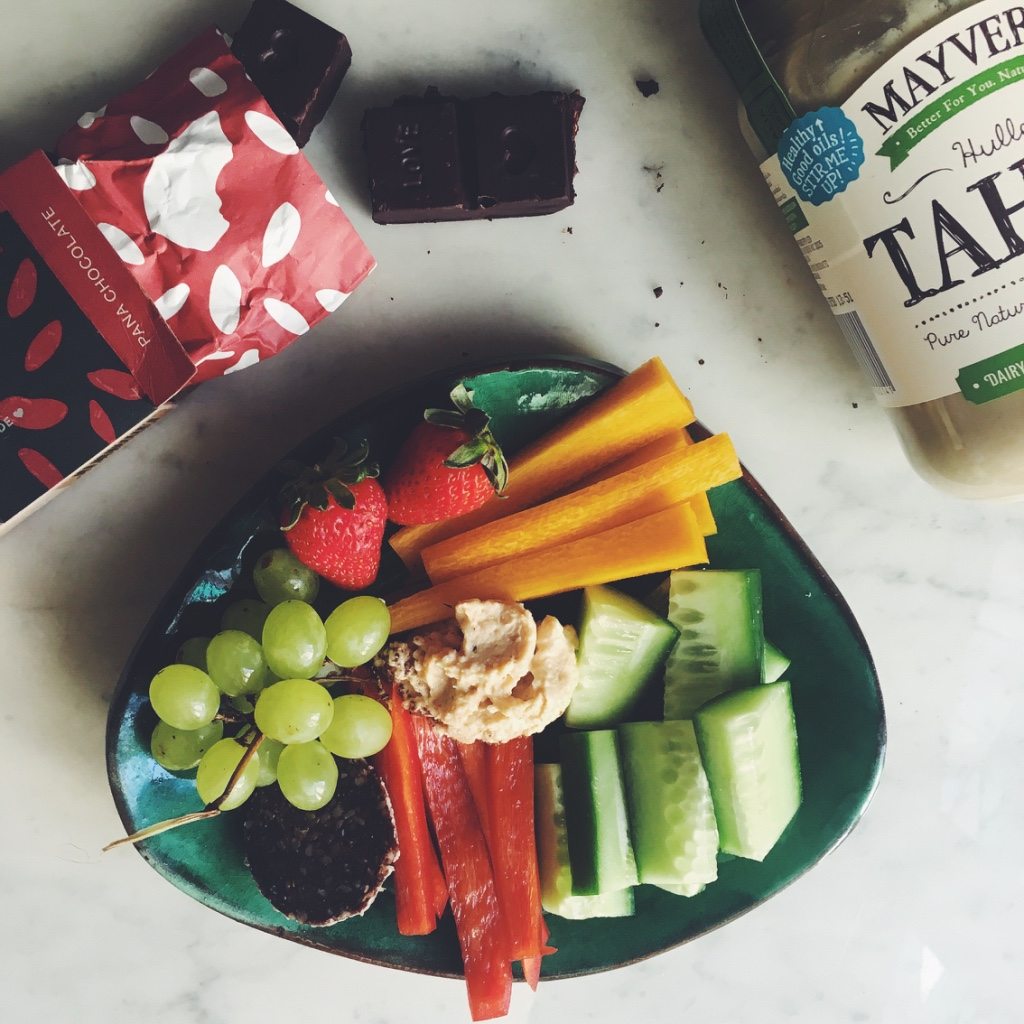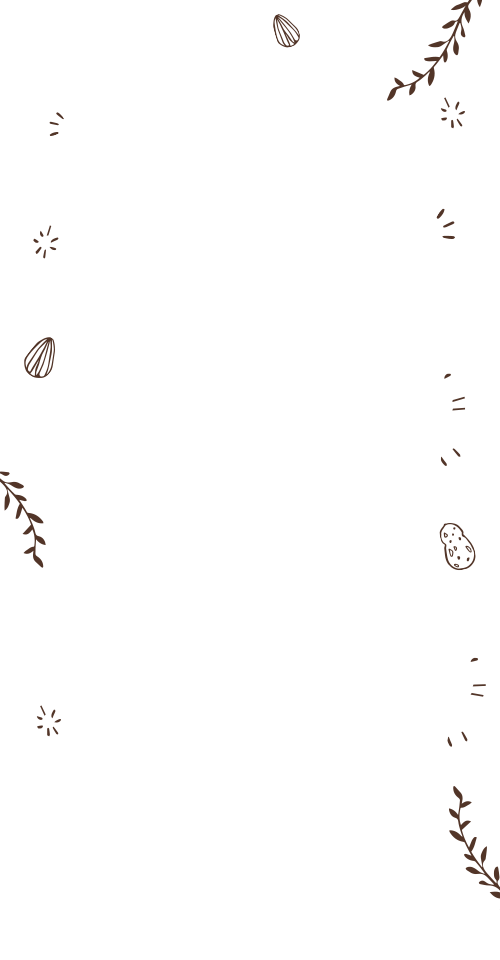Why it’s not bad to eat fats!
February 21, 2017
Fats get a bad rap, but they’re actually pretty amazing for your wellbeing! We’ve teamed up with Roberta the naturopath, aka naturomedico, who’s nuts about nuts! She tells us the different ways they can improve your health.
For a very long time, fats were marked as the ‘bad guys’ of our diet, contributing to disease and weight gain and not doing much good. However, not all fats are created equal and in fact, there are a group of fats that are so important to us as humans that they are called ‘essential fats’ – essential because we can’t function without them.
There are two kinds of essential fats – omega-6 fats and omega-3 fats and they exist in every cell membrane within your body. They help to protect your cardiovascular system. They support your immune system, they insulate your nerve cells and produce messengers to help your brain communicate with the rest of your body. As well as these things, essential fats also provide the foundations for healthy hormone production. They do this by being enzymatically transformed into prostaglandins within your body. For women, prostaglandins play a very vital role in reproductive health which is why understanding your need for essential fats in the diet is important for your overall wellbeing and health.
What are prostaglandins?
Prostaglandins are hormone-like substances however, they don’t travel in the blood stream like normal hormones do. Instead, they get produced in the cells of your body by enzymes which transform the essential fats you eat into these substances. There are two main types of prostaglandins – series 1 and series 2. For now, we will abbreviate them to PGE1 and PGE2. PGE2 comes from omega-6 fat and PGE1 comes from omega-3 fat. Once the essential fats have been converted into PGE1 and PGE2, they then act to dilate your blood vessels to allow for good blood flow. They help produce digestive hormones to break down your food, regulate your body temperature, helping you stay comfortable. They also take part in your muscles contracting and relaxing these functions are just a few of many. For women, these are all important functions that play a role in different stages of the menstrual cycle.

Whats the difference between PGE1 and PGE2?
To put it in very basic terms, PGE1 is the good guy, and PGE2 is the bad-good guy. While both types of prostaglandins play an integral role in health, PGE1 is known for its anti-inflammatory ability associated with a reduction in symptoms such as pain and muscle spasms. PGE2 is pro-inflammatory meaning it causes inflammation to occur. This is critical for things such as infections and the immune response which need inflammation. However for women, when there is too much PGE2, inflammation can become a problem leading to issues such as mood changes, pain, uterine contractions during the menstrual cycle and spasms. Too many pro-inflammatory prostaglandins can also lead to bigger health issues over the long term such as fertility problems, osteoporosis and cardiovascular disease. So, it’s important that you keep your PGE1 and PGE2 in balance so that they can do their respective jobs properly without causing you any uncomfortable symptoms. Lucky for us, this can be done by eating a diet that is well balanced with plenty of essential fats.
What do nuts and seeds have to do with essential fats and prostaglandins?
Well, here’s the good news! You get to continue eating that nut butter because all those nuts and seeds are rich in essential fats. Some have more omega-6 than omega-3 fats and some are the other way around but we don’t need to get too fussy about it, the point is that nuts and seeds are a good source of essential fats and should be a key ingredient of your diet. Nuts and seeds like walnuts, chia seeds, flaxseeds, sesame seeds, almonds, cashew nuts and brazil nuts should all be a part of your daily diet alongside other foods rich in these fats such as salmon, tuna and tofu.

How to get nuts and seeds into your daily diet
Thanks to Mayver’s, getting your daily dose of essential fats has never been more delicious and simple. Put a spoonful of Mayver’s Super Spread in your porridge or smoothie, spread some onto apple slices for a quick snack, make dressings for salads with their Almond Spreads or even eat any of them out of the jar with a spoon! You should aim for a serving of foods rich in essential fats per day
You can also use chia seed oil and flaxseed oil as an alternative to olive oil on your salads (do not heat these oils!), add seeds like pumpkin seeds and chia seeds to your morning avocado toast or lunch time salad, sprinkle nuts on your yoghurt first thing in the morning or just have a stash of mixed nuts in your handbag for when you need something on the run.
Essential fats are a key component of the diet and for women, they play a very important role in ensuring your reproductive health is kept in check. Your monthly cycle should not be full of symptoms like mood changes, pain and lots of discomfort. Eating a balanced diet of fresh fruits and vegetables, legumes, whole grains, a small amount of animal products and plenty of essential fats is key to keeping inflammation low so that these symptoms don’t nuisance you throughout your monthly cycle.
